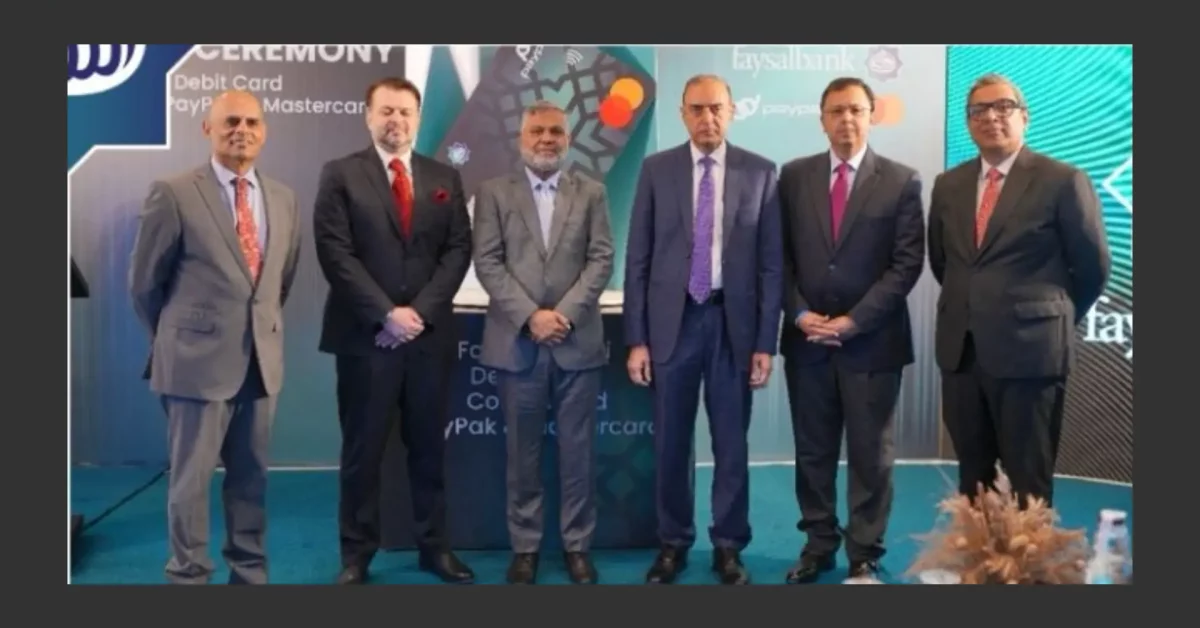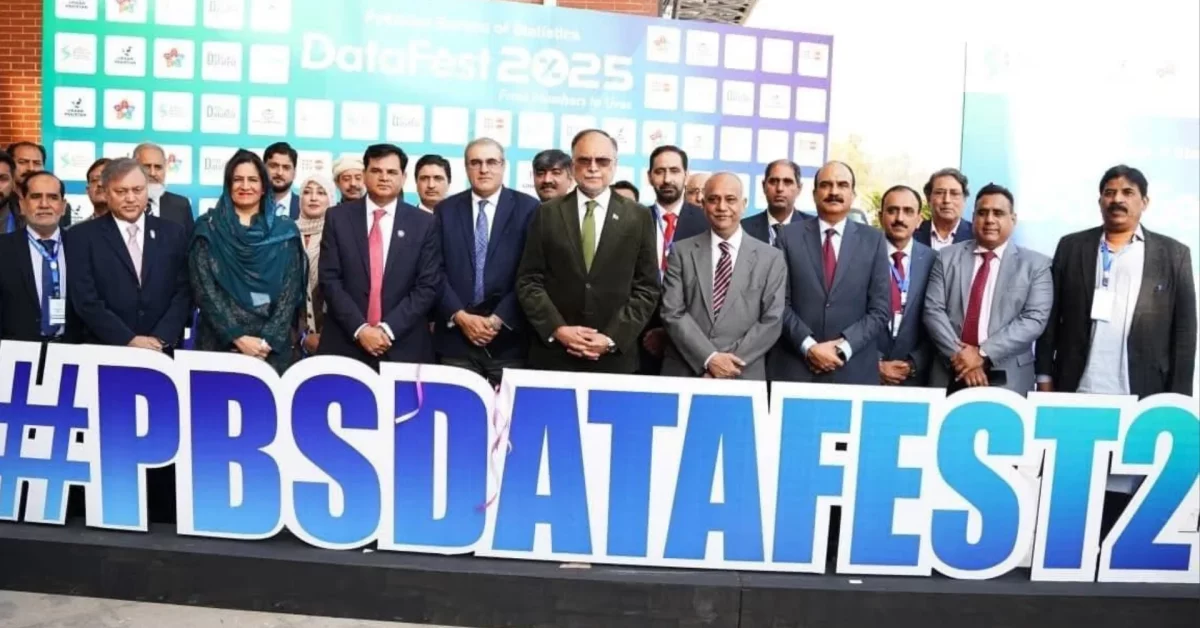
Top Scholarship and Exchange Programs for Pakistani Students
November 24, 2022
App Advisor: Khair
December 5, 2022Evolution of Ed-Tech post Covid-19
According to statistics, the Covid-19 pandemic has caused school closures that affected 90% of the student population worldwide. The pandemic, which started in late February 2020, exacerbated the educational crisis in Pakistan. As a result, education has undergone a profound shift. E-learning has become increasingly popular, where students are taught online using digital platforms. A critical turning point in the development of educational technology use was soon normalized as millions of young people were being educated through Zoom lectures, Google Classroom, and Microsoft Teams. After this–it is reasoned–as school systems adjust to the post-pandemic era, we’ll need to carefully explore the possibility of online education playing a bigger role.
The future of education seems promising when you take into account how far it has come in a developing country like Pakistan and where it is headed. We have witnessed digital learning trends over the years, such as online classes and certifications offered by platforms like Khan Academy and Coursera, which have long been a vital part of education. However, it was only after Covid and as a result of the turbulent political situation, that the idea of digital learning caught fire. Pakistan’s government has also attempted to implement policies that promote remote learning. Some of the well-known developments in this undertaking include “eTaleem portal” and “Taleemabad” app to encourage remote learning via the internet, TV, or radio. Taleemabad, a mobile phone application that has over 125,000 users, uses cartoons to engage students and teach the national curriculum in a more appealing and visual way. Punjab Government launched the educational TV program “Taleem Ghar” to enhance its students’ remote learning in April 2020. The national educational television show “TeleSchool” was then instantly televised throughout Pakistan after that. TeleSchool and Taleem Ghar were both supported by World Bank projects. More than 80,000 people downloaded the Taleem Ghar mobile app in the first six months of the program, more than 95% of Punjab’s cable TV operators received the TV courses, and more than one million people visited the Taleem Ghar website.
The educational environment has changed as a result of technology in both Sindh and Balochistan. 53,000 children in Balochistan who had never attended school are now enrolled in GPE (global partnership for education)-supported institutions, with 72% of them being girls. The advancement of children to higher educational levels will be aided by these institutions. According to Aida Girma UNICEF Representative in Pakistan, children’s education, learning, and well-being in Pakistan are at unprecedented risk due to the closure of educational facilities in reaction to the COVID-19 outbreak. The funds from [GPE] will help retain the underprivileged kids in school. For instance, they would make it possible for children in neighboring provinces to learn through tele-education and digital platforms. It can be safe to say that all of these efforts proved to be highly beneficial for the youth and those aspiring for a good education.
EdTech businesses have played a significant role in removing knowledge barriers. With time, Pakistan has witnessed a tremendous expansion of educational startups. In addition to being novel in many ways, this is also altering Pakistan’s educational system. There are 365 Ed Tech startups in Pakistan. Some of the best educational startups in Pakistan include Maqsad, Nearpeer.org, Teddict, Edkasa, Orbit, Daakhla, DESK, Bryt, Teddict, and Karmuqabala. These platforms offer a wide array of advantages including diversity, and flexibility, are cost-effective, have the best instructors, provide tutorial videos and quizzes, allow parents to connect with teachers better to remove the communication gap, and offer preparation programs for SATS, MCAT, etc. for young people. It looks like the education sector has the potential for positive change.
Over the past several years, educational technology (EdTech) has seen incredible advancements. The young brains of today now have the opportunity to take advantage of the immense learning possibilities that have been made possible by these innovations. However, in light of these developments and how rapidly the education system is changing as we know it, the question arises: Is face-to-face or in other words, “offline learning” now becoming an obsolete concept, and if so, how much longer before it is no longer a medium of education?






